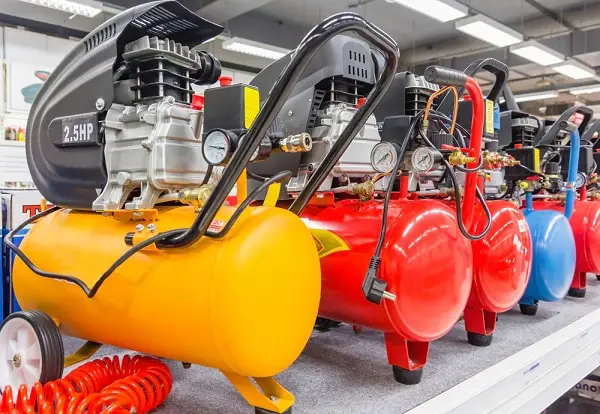
How to Adjust Unloader Valve on Air Compressor
An air compressor has a lot of different components that are quite versatile. Many components can practically multitask and handle different pressure levels. The piloted unloader valve is one of those components. This component is responsible for activating engine control, reducing oil consumption by leveling pressure between the check and pump valve, diverting air pressure from the tank when top pressure setting is reached and discharge air pressure automatically when the compressor reaches the maximum pressure setting. Unloading happens when the receiver reaches the preset maximum pressure.
When the pressure is reached, the valve opens; it activated the unloaded device and actuates the compressor to function in an unloaded mode. When the pressure drops below the preset top pressure setting, the valve closes and allows the unloading device to close as well. This lets the compressor pump into the receiver once again. The air compressor unloader valve is a very small but crucial part of the whole pressure maintenance process. It works efficiently countering piston compressors.
How Does it Practically Work?
The piston compressor is an important part of the air compressor. The output of the piston compressor is directly linked to the air receiver through a connected pipe. The pressure in the pipe is regulated all the time, so when the pressure in the pipe is dropped to zero, the compressor automatically stops. You will then hear a very hollow sound. This is the sound of the compressor when it stops. When the compressor stops, a check valve will double-check that only the pipe is empty and the air receiver isn’t. This happens because when the compressor restarts, the pipe would be under pressure and the motor will not be able to turn on the compressor again as it’s not that strong. The unloader valve can be found in the pressure switch.
Pressure can be controlled by making certain adjustments in the valve. There are certain steps to follow when adjusting the unloader valve.
- First, turn off the compressor
- Loosen up the differential locknut; turn the differential screw around clockwise until the pilot seat rests on the internal ball.
- Secure the differential locknut when the differential screw is in contact with the ball.
- Adjust the compressor to the minimum load pressure setting and turn the compressor off.
- Screw the pressure screw back into its place slowly. When you feel the air coming out the top of the valve that means you have set your bottom pressure setting. Secure the pressure screw locknut.
- Play around with the compressor until you take note of your minimum pressure setting. If the pressure is too low, turn the pressure screw locknut clockwise. If it is high, turn it counterclockwise.
- Do the above step for the maximum pressure setting as well.
- Secure all locknuts.
Related Video:

